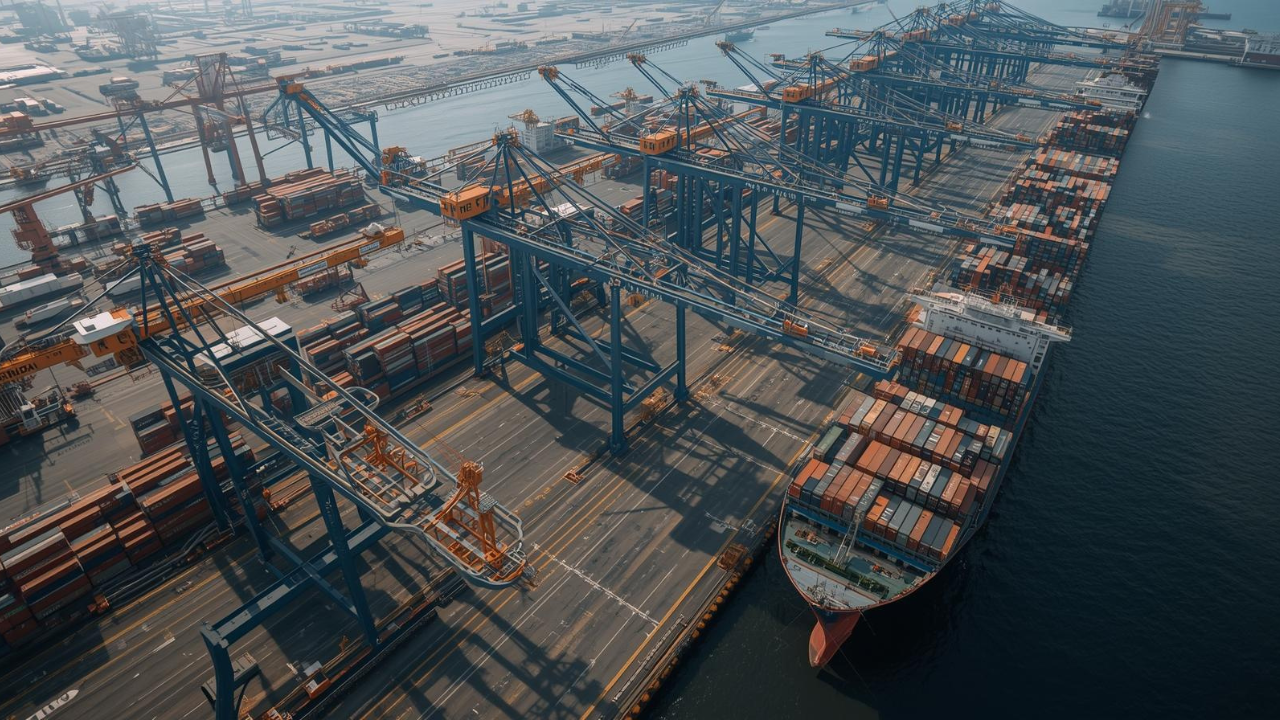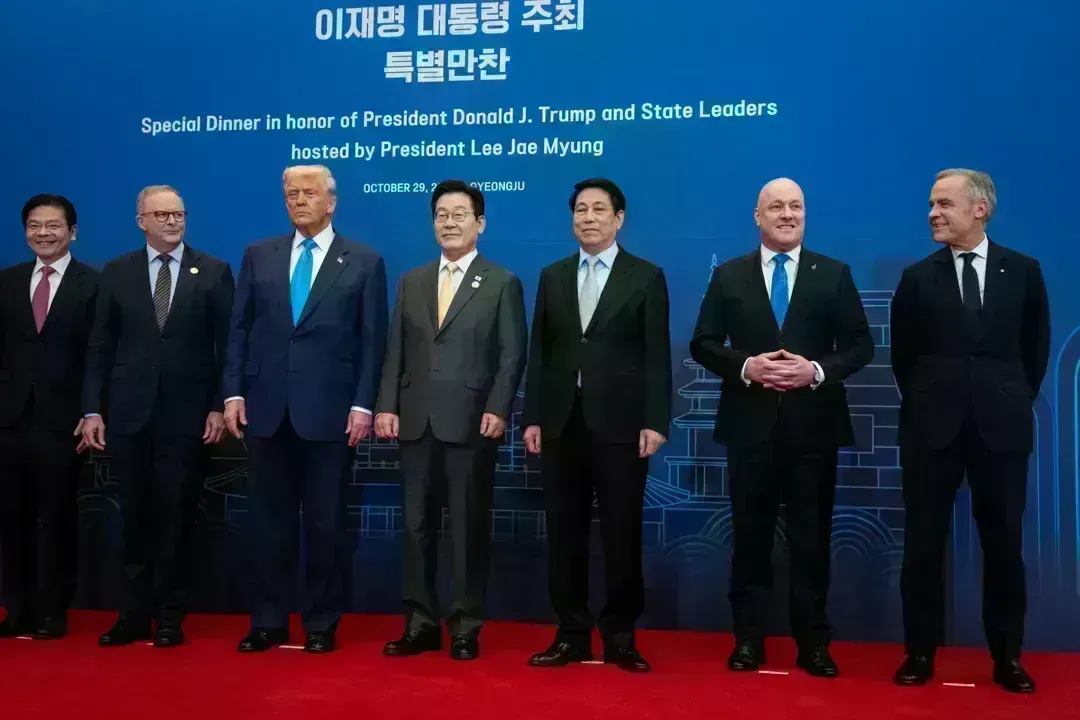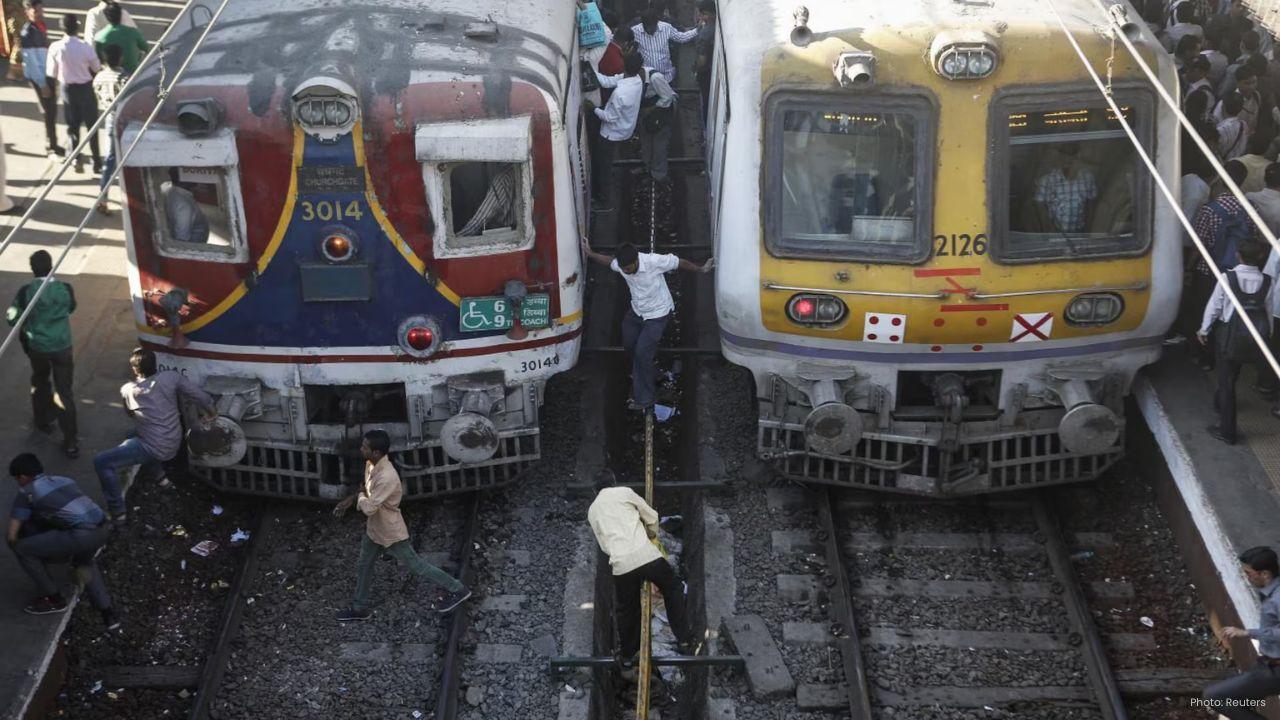
Post by : Shivani
In a momentous stride towards Atmanirbhar Bharat, Prime Minister Narendra Modi inaugurated Bharat Sanchar Nigam Limited's (BSNL) fully indigenous 4G network on September 27, 2025, from Jharsuguda, Odisha. This launch, coinciding with BSNL's silver jubilee, marks India's entry into an elite global club—joining Denmark, Sweden, South Korea, and China—as one of only five nations capable of developing and deploying homegrown telecom technology stacks. Dubbed the "Swadeshi 4G Stack," this cloud-based, software-driven network is not just a technological feat but a beacon of self-reliance, designed for seamless upgrades to 5G and beyond.
The initiative commissions over 97,500 mobile towers—92,600 of them powered by indigenous hardware and software—at a staggering cost of ₹37,000 crore. These solar-powered sites form India's largest cluster of green telecom infrastructure, ensuring sustainable connectivity even in remote, power-scarce areas.At its core, the project connects 26,700 previously unserved villages, including 2,472 in Odisha alone, benefiting over 20 lakh new subscribers in border regions, left-wing extremism-affected zones, and hilly terrains. As PM Modi emphasized during the event, "This is a transformative step in line with the vision of Digital India, bridging the digital divide and empowering rural communities."
India's telecom journey has been one of contrasts. Once plagued by the infamous 2G spectrum scam that eroded public trust and stalled progress, the sector under the Modi government has surged forward with unprecedented speed. BSNL, a state-run giant established in 2000, symbolized this inertia—lagging behind private players like Reliance Jio and Bharti Airtel, who dominated 4G and 5G markets. By 2024, BSNL's subscriber base had dwindled to 88 million amid chronic losses and outdated 2G/3G infrastructure.
The revival began with a ₹1.64 lakh crore revival package in 2022, allocating spectrum and funds for indigenous development. Eschewing foreign vendors—a decision that delayed rollout but prioritized sovereignty—BSNL collaborated with Indian firms: Centre for Development of Telematics (C-DOT) for the core network, Tejas Networks for the Radio Access Network (RAN), and Tata Consultancy Services (TCS) for integration. Developed in just 22 months, the stack is fully software-driven, cloud-native, and 5G-ready, upgradeable via software updates without hardware overhauls.
Union Minister Jyotiraditya Scindia hailed it as "a symbol of India’s rise as a global telecom leader," noting how the project embodies the Swadeshi spirit—from empowering first-time digital citizens to spurring local innovation. PM Modi echoed this during the launch: "BSNL’s 4G stack reflects our journey from dependence to confidence."
The indigenous stack is a testament to Indian engineering prowess. Unlike traditional hardware-heavy systems, it's virtualized and containerized, enabling scalability and cost-efficiency. Key components include:
With 98,000 sites activated nationwide, the network spans states like Odisha, Andhra Pradesh, Uttar Pradesh, Maharashtra, Rajasthan, Assam, Gujarat, and Bihar. In Tamil Nadu, 7,500 towers under the Universal Service Obligation Fund (USOF) target 289 underserved villages, upgrading 35 from 2G. Kerala's coverage hits 98%, with 318 new towers in remote spots like Edamalakudi and Gavi.
| State | Towers Commissioned | Villages Connected | Key Impact Areas |
|---|---|---|---|
| Odisha | 2,472 towers | 2,472 | Remote border villages, LWE zones |
| Tamil Nadu | 7,500 | 289 | Rural upgrades, USOF focus |
| Kerala | 318 | Key tribal settlements | Hilly terrains like Wayanad |
| Rajasthan | 5,655 | 1,656 | Desert borders, Jaisalmer villages |
| Northeast (NE-II Circle) | 1,969 sites | 1,729 | Nagaland (421), Arunachal (982) |
| Total | 97,500+ | 26,700+ | Nationwide saturation |
This deployment aligns with the Digital Bharat Nidhi (DBN) scheme, funding 18,900 towers to achieve 100% 4G saturation in 29,000–30,000 villages by December 2025. In border states like Meghalaya and Mizoram, 1,278 towers enhance security for BSF and Assam Rifles outposts along India-Bangladesh and India-Myanmar frontiers.
The true power of this network lies in its ripple effects on everyday lives. In Jaisalmer's 56 border villages, residents like soldiers and farmers now enjoy video calls and access to government schemes without urban treks. Ladakh's Merak and Khakted villages, long isolated along the China border, celebrated their first 4G signals, with locals expressing gratitude on social media.
Education: High-speed internet enables e-learning platforms like DIKSHA, reaching 90 million students. In Arunachal Pradesh's 982 villages, children access online classes, reducing dropout rates in remote hamlets.
Healthcare: Integrated with e-Sanjeevani, the network facilitates telemedicine for 300 million consultations annually. Meghalaya's tribal groups now receive drone-delivered medicines via 4G-enabled tracking, bridging hilly divides. In LWE-affected Odisha, maternal health monitoring has improved by 40% post-launch.
Agriculture and Economy: Farmers use apps like Kisan Suvidha for weather forecasts and market prices, boosting yields by 15–20% in connected villages. Small businesses in Tamil Nadu's 289 newly linked hamlets report a 25% sales uptick via digital payments. BSNL's affordable plans—starting at ₹89 with 50 Mbps speeds—cater to low-income users, fostering MSME growth.
Social media buzz reflects this joy. BJP's official handle shared: "BSNL का स्वदेशी 4G, सिर्फ कनेक्टिविटी नहीं, बल्कि नए भारत का गर्व!"Users in Kerala posted videos of seamless streaming, while Northeast residents highlighted security gains. Even critics acknowledge the shift, though some lament BSNL's late 4G entry amid Jio's 5G dominance.
Sustainability is woven into the fabric of this rollout. Over 70% of towers are solar-powered, slashing carbon emissions by 30% compared to diesel alternatives and ensuring 24/7 uptime in off-grid areas. This green cluster aligns with India's net-zero 2070 goals, potentially saving ₹1,000 crore annually in fuel costs.
Looking ahead, the stack's modularity positions BSNL for 5G trials in Delhi and Mumbai by December 2025, with full rollout by mid-2026. Plans for 100,000 additional towers target urban saturation, while 6G R&D eyes a 2030 launch—India aiming to lead globally. As Scindia noted, "From 4G to 6G, India is no longer a follower but a frontrunner."
BSNL's path wasn't easy. A voluntary retirement scheme halved its workforce, and indigenous development faced skepticism—delays pushed rollout from 2023 targets. Subscriber losses peaked at 18 million in FY24, but August 2025 data shows 22 million 4G users, with data consumption at 42,773 TB (21 GB per user). Revenue grew 5.5% YoY in Northeast circles to ₹171 crore, signaling turnaround.
Government interventions—like free 4G SIM upgrades and DBN funding—have been pivotal. Telecom Secretary Neeraj Mittal's visits, like to Jodhpur's Shivnagar site, underscore community transformation: "From education to e-governance, 4G is empowering the last mile."
This isn't just domestic triumph; it's export potential. The stack's cost-effectiveness (30% cheaper than imports) and security features appeal to Global South nations. Scindia envisions "Vasudhaiva Kutumbakam in telecom," with pilots in Africa and Southeast Asia. By nurturing 50,000+ jobs in tech ecosystems, it bolsters India's $350 billion electronics manufacturing ambition by 2030.
On X, reactions range from euphoria—"Garv se kaho, ye swadeshi hai!" —to critique: "While the world launches 6G, BSNL starts 4G." Yet, polls show 70% approval for the rural focus, with hashtags #Swadeshi4G and #BSNL25Years trending. PIB's New India Samachar edition captured Odisha's fervor: "Swadeshi technology gets impetus in the land of temples."
PM Modi's BSNL 4G launch is more than infrastructure—it's a narrative of resilience, innovation, and inclusivity. As 26,700 villages light up with digital possibilities, India edges closer to a Viksit Bharat. With 5G on the horizon and global eyes watching, BSNL's Swadeshi saga promises to redefine connectivity for generations. The message from remote hamlets is clear: Modi Hai Toh Mumkin Hai
Stay Connected: Track BSNL updates on @BSNLCorporate or visit bsnl.co.in for 4G plans. For more on Digital India, follow @DoT_India
#BSNL4G #Swadeshi4G #PMModi #AtmanirbharBharat #DigitalIndia #ModiInOdisha #BSNL25Years #IndigenousTech #ConnectingVillages #AatmanirbharBharat










Advances in Aerospace Technology and Commercial Aviation Recovery
Insights into breakthrough aerospace technologies and commercial aviation’s recovery amid 2025 chall

Defense Modernization and Strategic Spending Trends
Explore key trends in global defense modernization and strategic military spending shaping 2025 secu

Tens of Thousands Protest in Serbia on Anniversary of Deadly Roof Collapse
Tens of thousands in Novi Sad mark a year since a deadly station roof collapse that killed 16, prote

Canada PM Carney Apologizes to Trump Over Controversial Reagan Anti-Tariff Ad
Canadian PM Mark Carney apologized to President Trump over an Ontario anti-tariff ad quoting Reagan,

The ad that stirred a hornets nest, and made Canadian PM Carney say sorry to Trump
Canadian PM Mark Carney apologizes to US President Trump after a tariff-related ad causes diplomatic

Bengaluru-Mumbai Superfast Train Approved After 30-Year Wait
Railways approves new superfast train connecting Bengaluru and Mumbai, ending a 30-year demand, easi